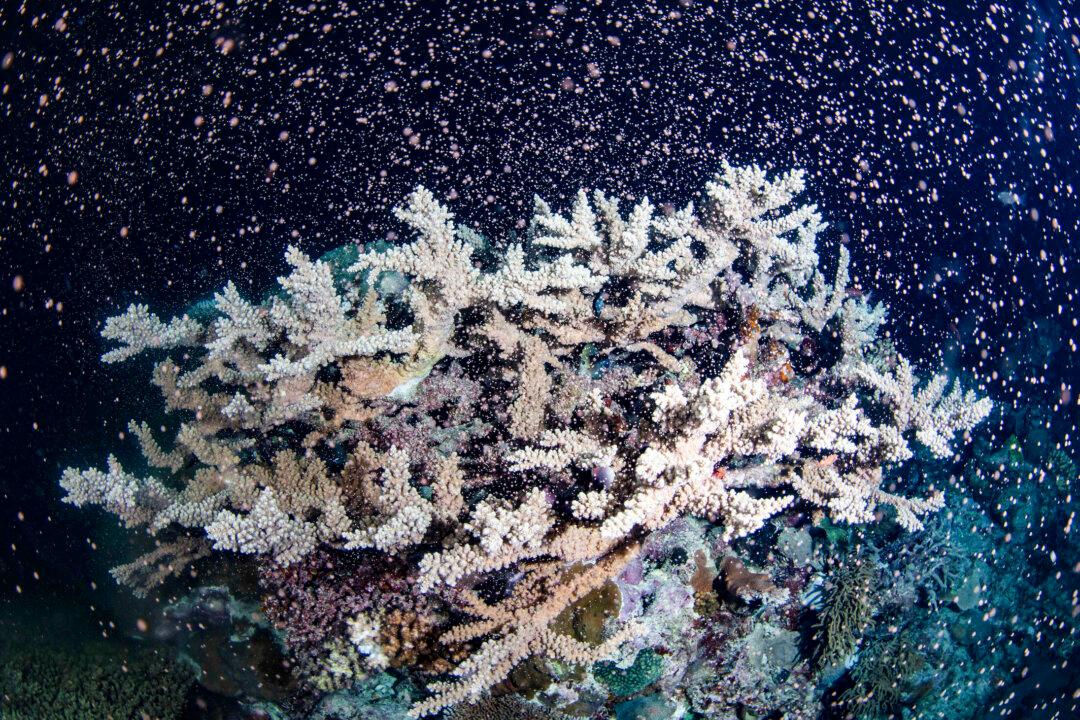An ancient landform resembling a reef that was “hidden” in plain view was discovered on the Nullarbor Plain, located along the Great Australian Bight coast in South Australia, by Curtin University researchers.
Research author Milo Barham, from Curtin University’s School of Earth and Planetary Science, said the remnants of the original sea-bed structure were discovered through new high-resolution satellite imagery and field work.





